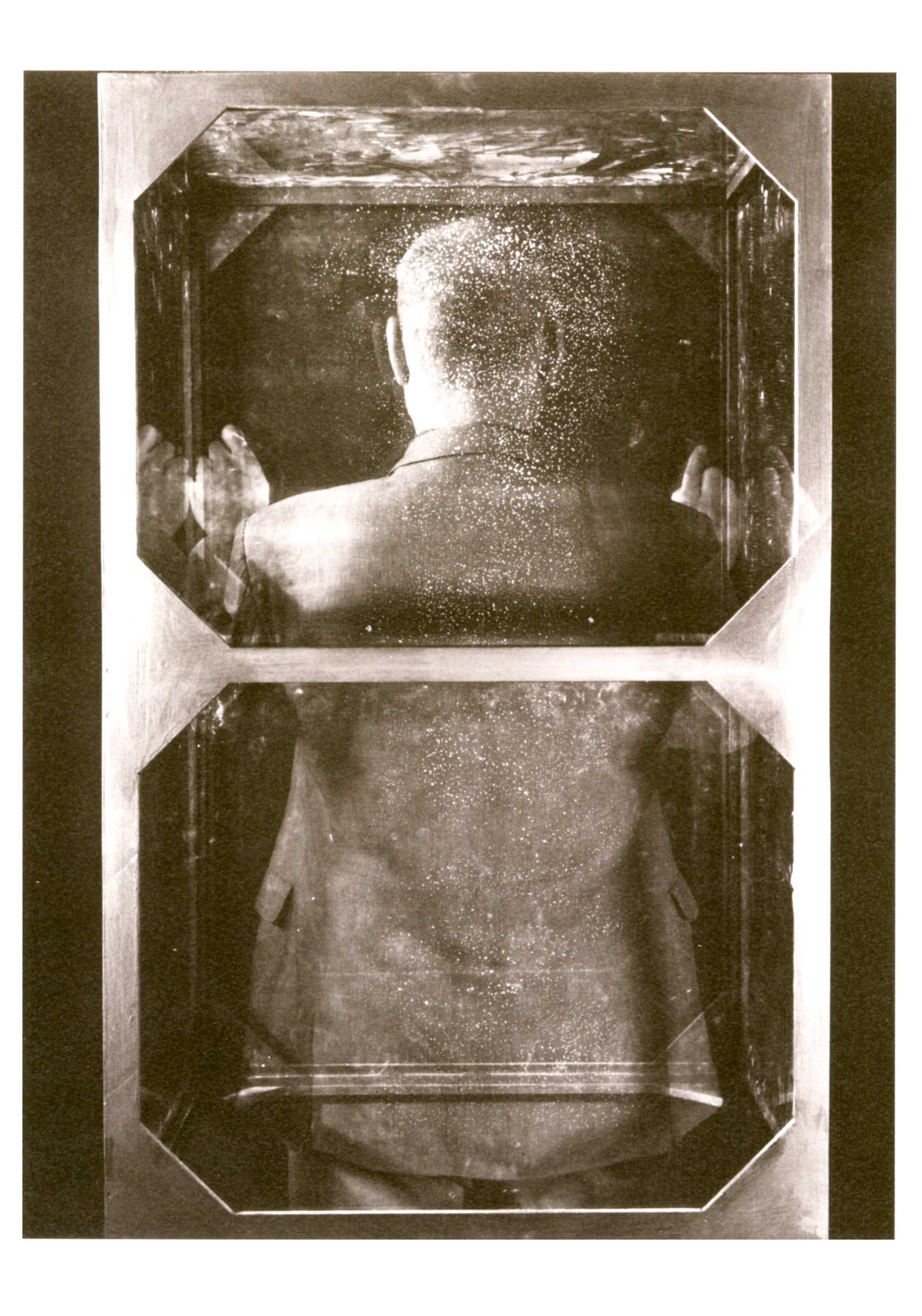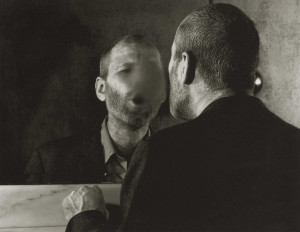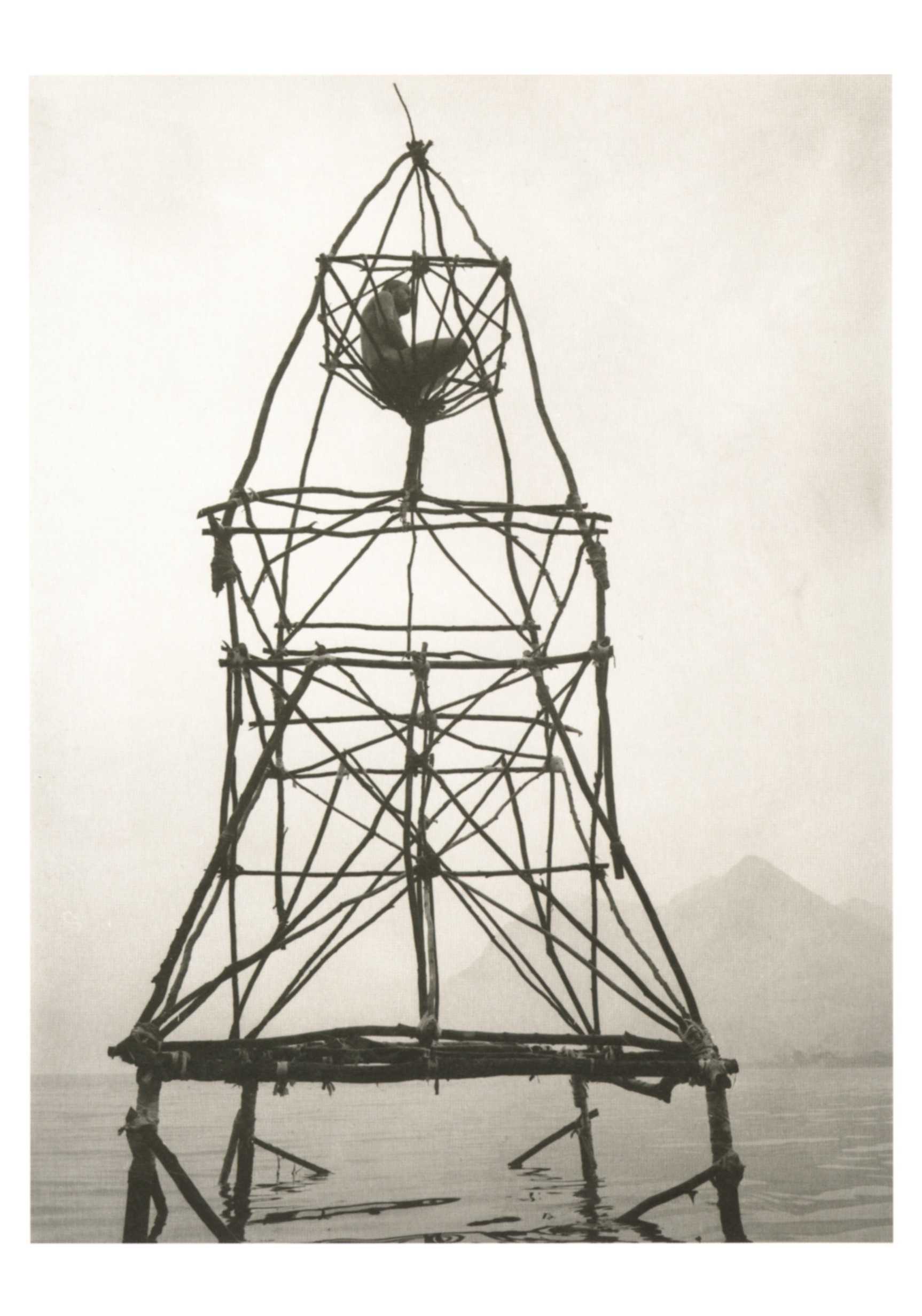Dieter Appelt
EXHIBITION May 6 — Jul 2, 2005
Exhibition Text
Kicken Berlin Gallery is showing one of the most important contemporary German art photographers: DIETER APPELT (*1935). The exhibition, along with the Appelt exhibition in the Gallery Thomas Schulte, is part of the Collectors' Event ”6.-8.5.2005 Berlin”. Twenty-one Berlin galleries will present the work of over fifty international artists to numerous collectors invited to Berlin from around the world. This exhibition pays homage to Dieter Appelt and presents a comprehensive overview of his internationally renowned work. The thematic emphasis at Kicken Berlin is on work groupings in which the artist’s own body and his performances are thematic points of departure. The selection of work at the Thomas Schulte Gallery concentrates on the artist’s large format, sequential photographic works.
For Dieter Appelt, the photographic medium is a culmination of preliminary stages involving sculpture, performance, film, mise en scene and conceptually-based work. The films, sculptures or models that are created during the preliminary stages are as much a part of his artistic output as his photography. Thus, alongside a selection of Dieter Appelt’s key photographic works, Kicken Berlin is showing several of the sculptural objects and one of his films.
Dieter Appelt’s work does not spring from rational logic. A Professor Emeritus at the Berliner Hochschule der Künste (Berlin College of the Fine Arts), Appelt must be considered a researcher even if he does not employ scientific methodology. Appelt’s photography doesn’t aim to reproduce the visible, rather, it searches for a ”taghelle Mystik” (a mysticism that is as clear as day) (Robert Musil) between man and things. The most important instrument in this research is the artist’s own body. It is simultaneously an indicator, a measuring gauge and a recording device. However, for Appelt, his activities are not concerned with the individual, even when he or his wife makes an appearance in his photographs. The photographic images culled from these performances are probably the most reliable witnesses to Appelt’s quest and are able to stimulate associations in the viewer. His images ask first to be experienced and resist any hasty notions of logic.
The ”Erste Hängung (First Hanging)”, 1976 on the Italian island Monte Isola, his feet roped to a tree, served as Appelt’s initiation. From then on, it was possible for him to make contact with things and nature directly. He could become a tree, as seen in "Die Befreiung der Finger (Liberation of the Fingers)” or become grass as in the "Vergrasung der Finger (The Greening of the Fingers)”, both 1977-79. In ”Augenturm (Eye Tower)”, 1977 Appelt built a wooden tower out of tree branches, each one the length of his body, and placed it in the waters of a lake. This rising above the water – the element from which all life springs – by way of a simple construct, can also be read symbolically: as man evolving away from a primary interrelationship with nature into the role of master over nature. The primal harmony of living beings with the natural world, sacrificed in our developmental history, is used by Appelt to reactivate the vestiges of this memory still inside us. "Erinnerungsspur (Memory’s Trace)", 1977-79 is the name given to a picture sequence by Appelt in which a "Membranobjekt (Membrane Object)", worn on the artist’s head, is meant to amplify the perceptions of these long lost memories. Appelt assumes the role of medium during his photo-actions, similar to that of a shaman, the difference being that Appelt’s archetypal experiences are available to everyone. The idea is to find traces of what remains inside us, like layers from earlier developmental stages. With photography, Appelt is able to create visual equivalents corresponding to his theory of inner layers. The rotating objects seen in "Tableau Space (Space Tableau)", 1989-90, for example, were flashed thousands of times with a stroboscope in a period of four hours. The result is not realistic imagery, rather, it is a transformation, a vision derived from light and time, that accumulates all sides of the object onto film. Layerings – as described by the philosopher Henri Bergson – are the illustrated equivalents of associations. What we see triggers associations and activates previously stored memories. Appelt’s images attest to the "Präsenz der Dinge in der Zeit (The Presence of Things in Time)", as one of the artist’s titles reads.
In adjoining rooms, Kicken Berlin is showing a selection of work by HEINZ HAJEK–HALKE (1898–1983), Dieter Appelt’s teacher and mentor. (Ronald Berg)


